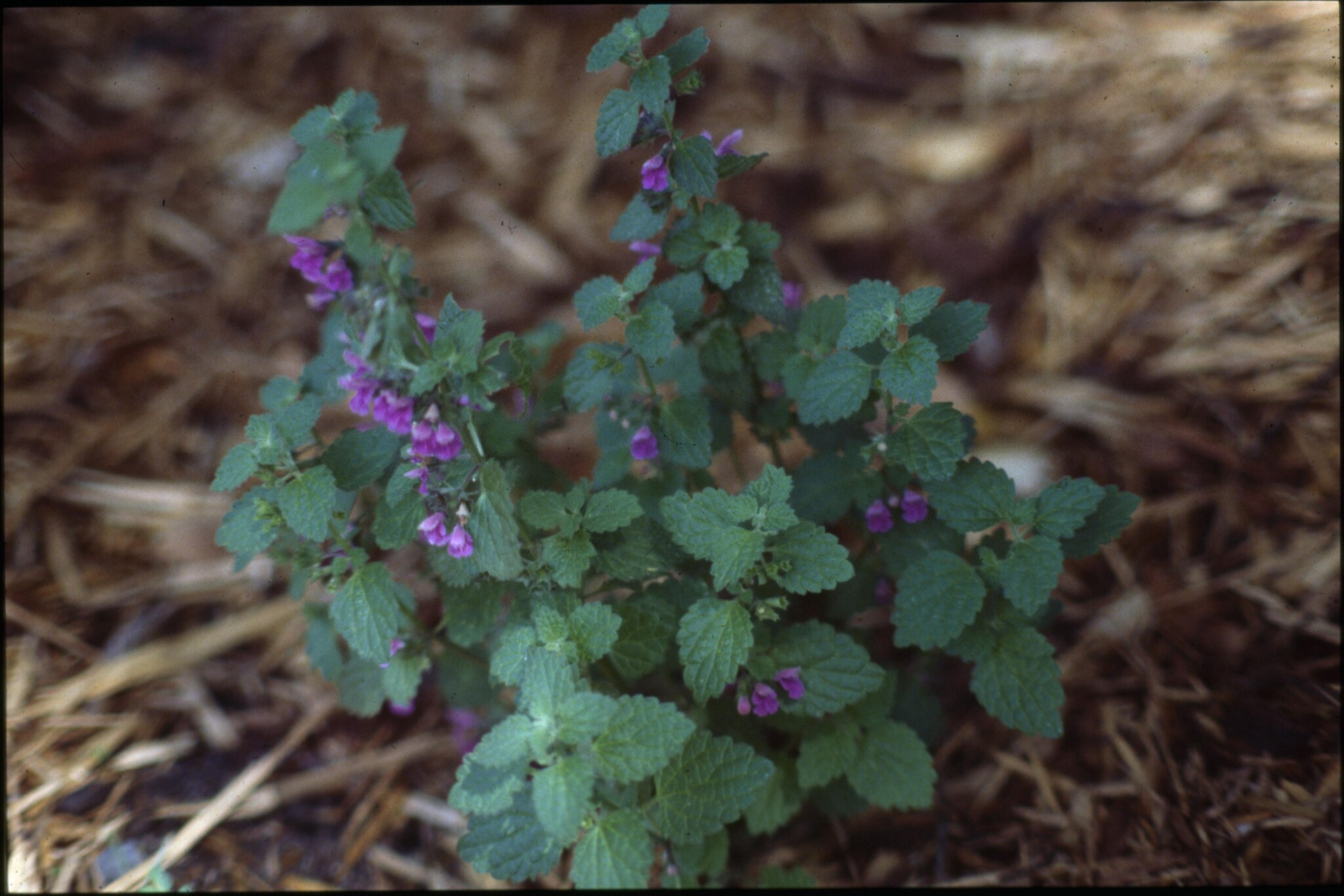
From the Greek name for B. nigra.
Perennial herbs and subshrubs. Leaves opposite, toothed, stalked. Flower clusters in whorls. Flowers with calyx tubular to funnel-shaped,10-nerved, with 5-16 bristled or pointed teeth. Corolla 2-lipped, to as long as the calyx, with rings of hair inside. Stamens 4, protruding, the lower ones longest, anther cells spreading.
Rarely cultivated but occasionally used in herb gardens. Some species in this genus have weed potential (see B. nigra).
Herbaceous plants by division, shrubby plants by softwood or semi-hardwood cuttings.
Leaves of B. nigra are used for their medicinal properties, either dried or as an infusion.
Calyx with 10 veins; corolla tube to as long as the calyx and with a ring of hairs inside.
35 species from Europe and W Asia with a centre of distribution in the Mediterranean.
Source: (2002). Lamiaceae. In: . Horticultural Flora of South-eastern Australia. Volume 4. Flowering plants. Dicotyledons. Part 3. The identification of garden and cultivated plants. University of New South Wales Press.
